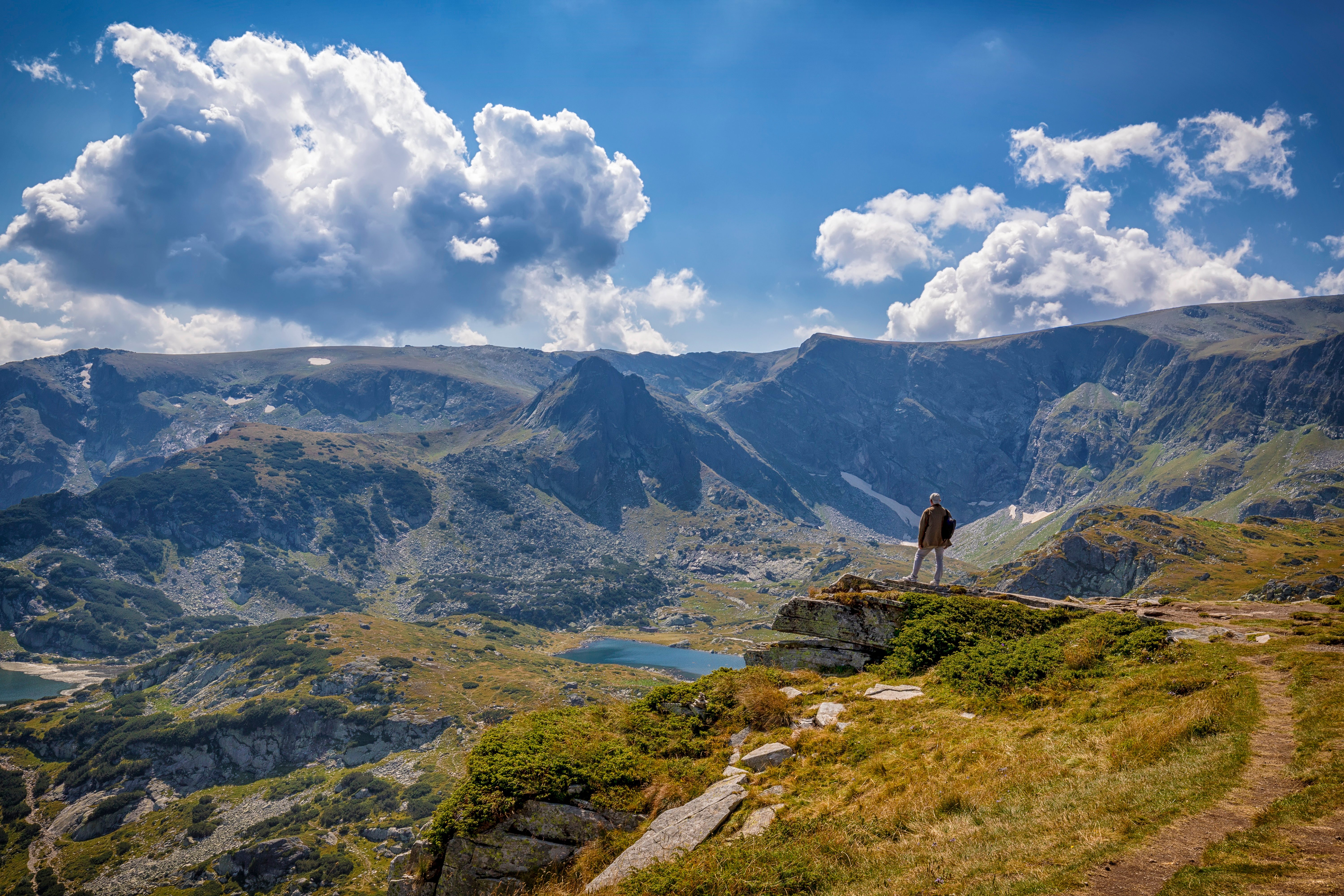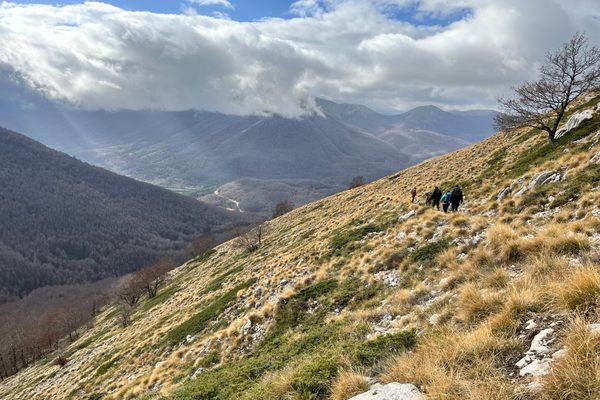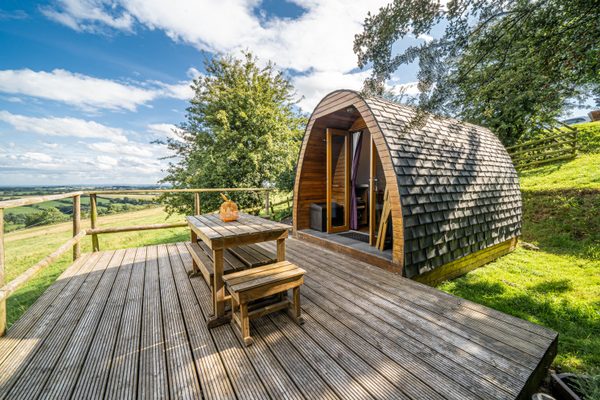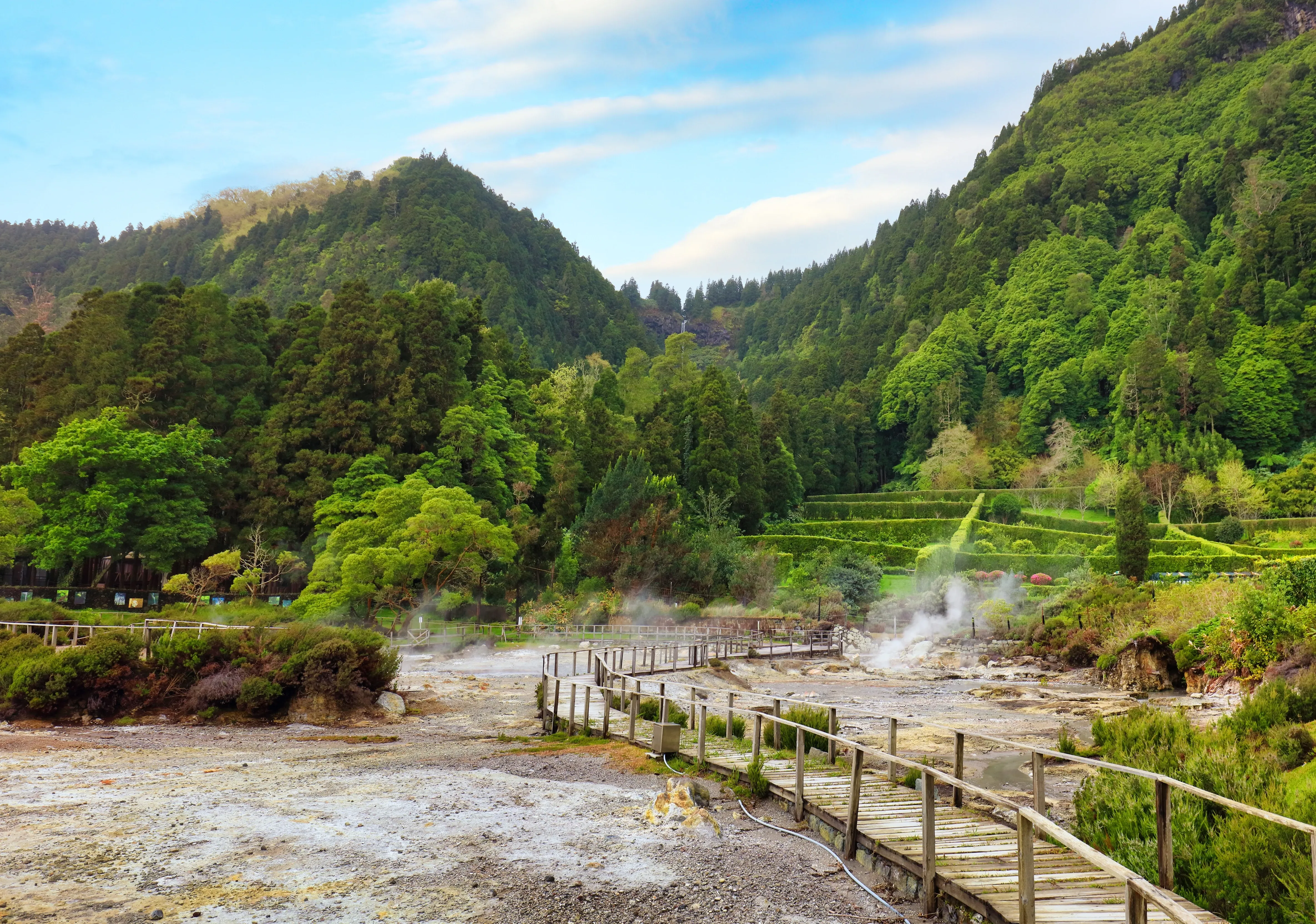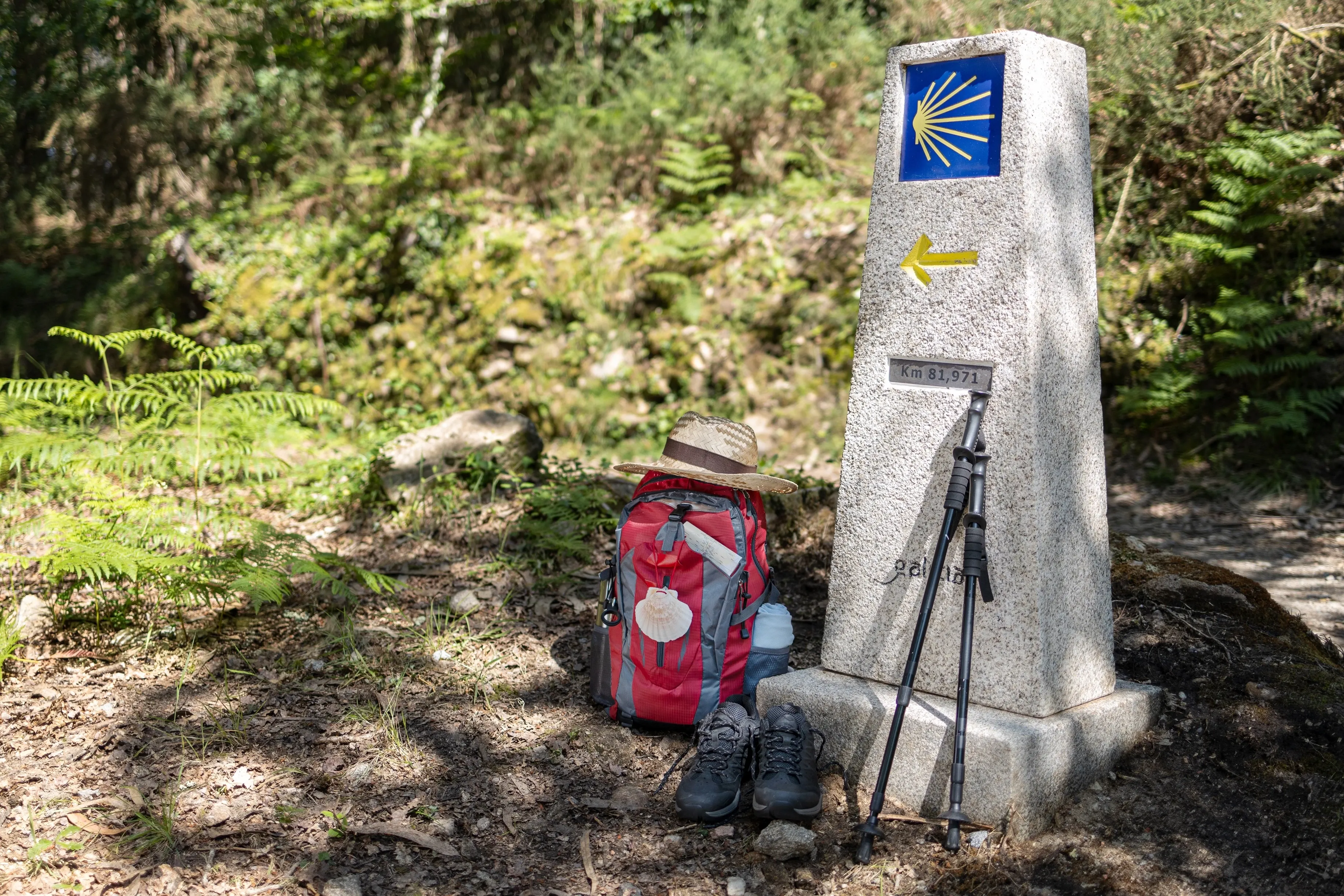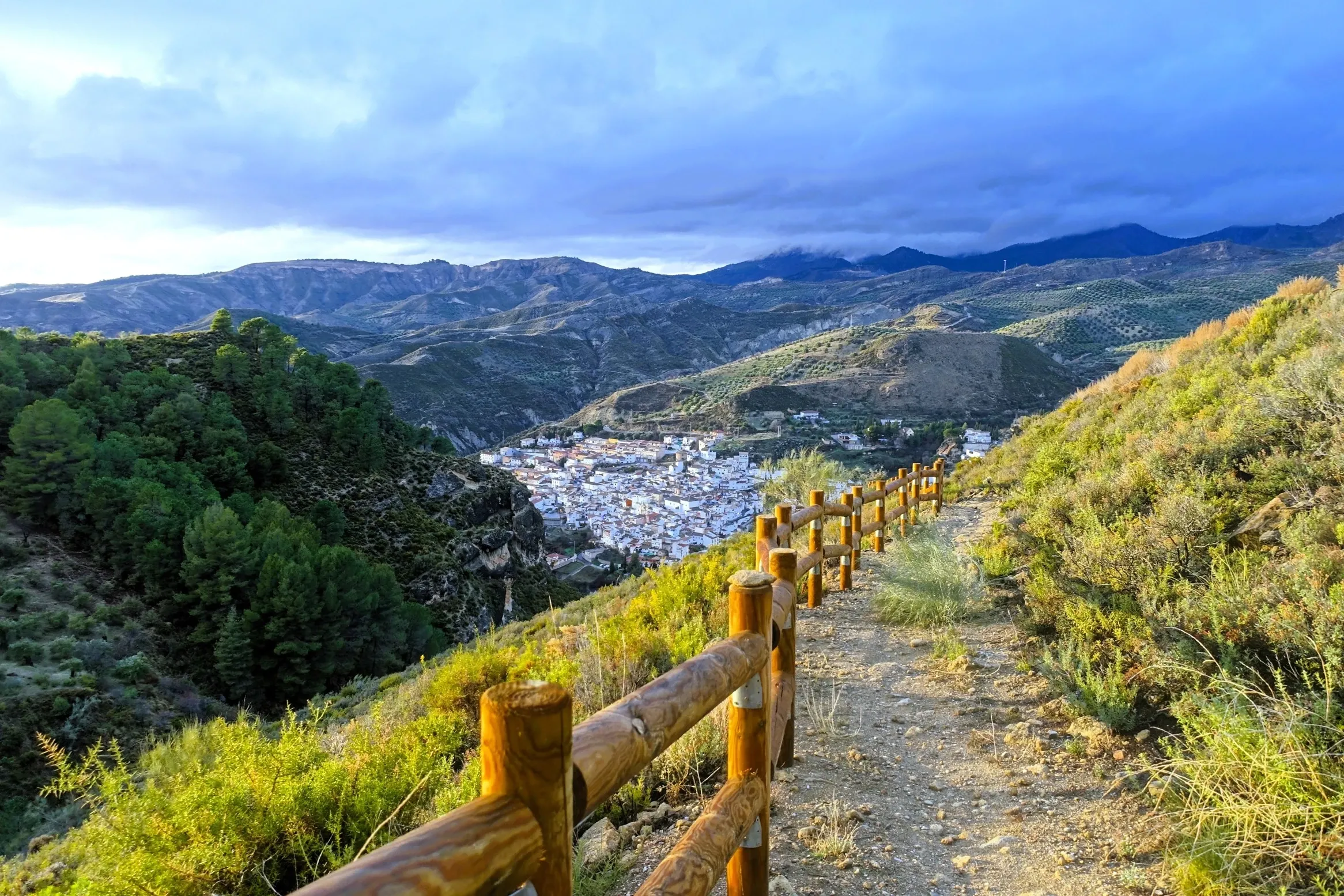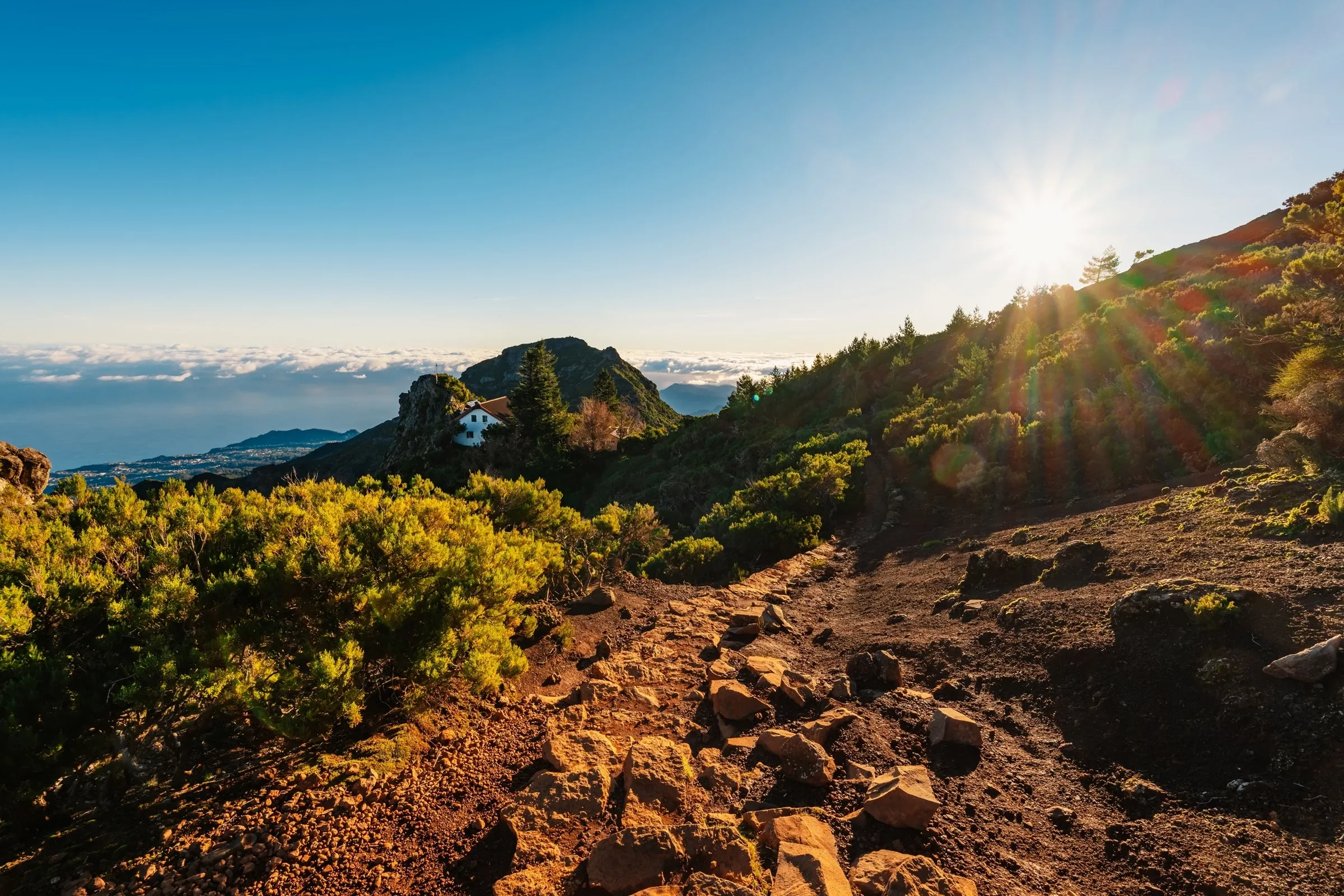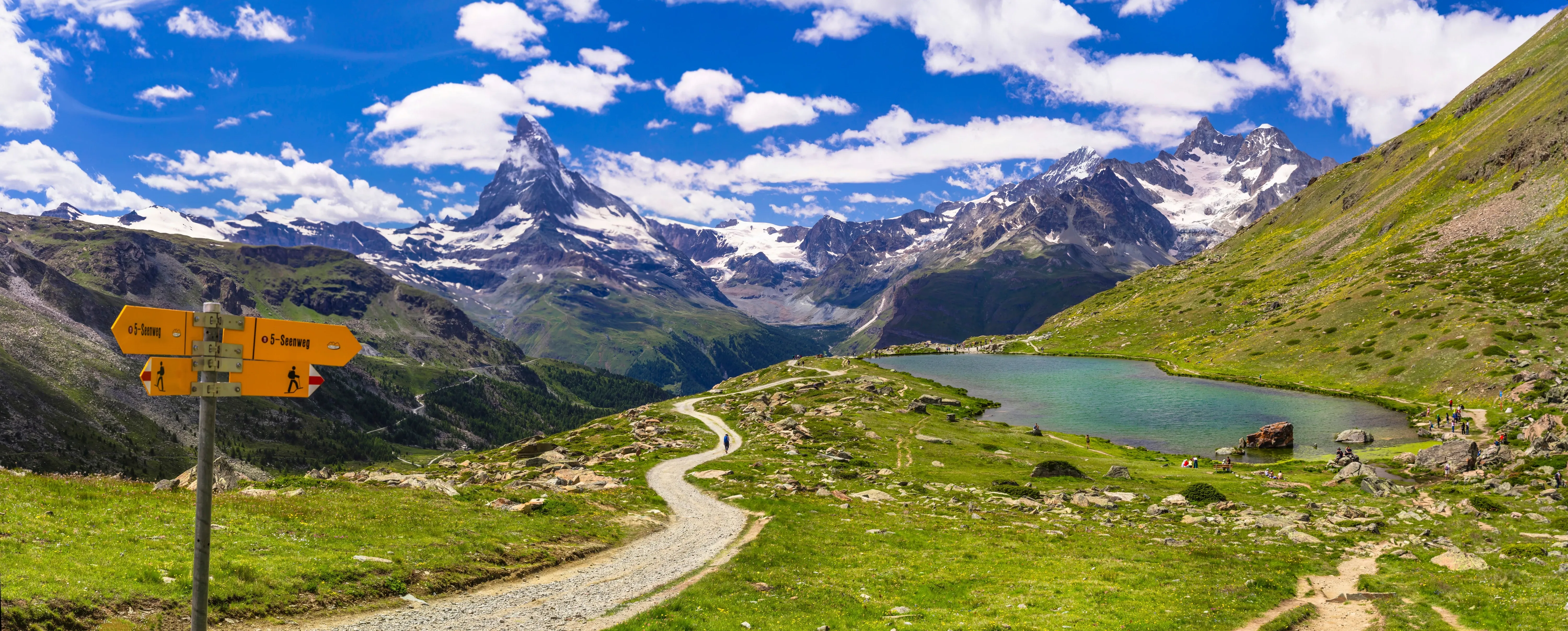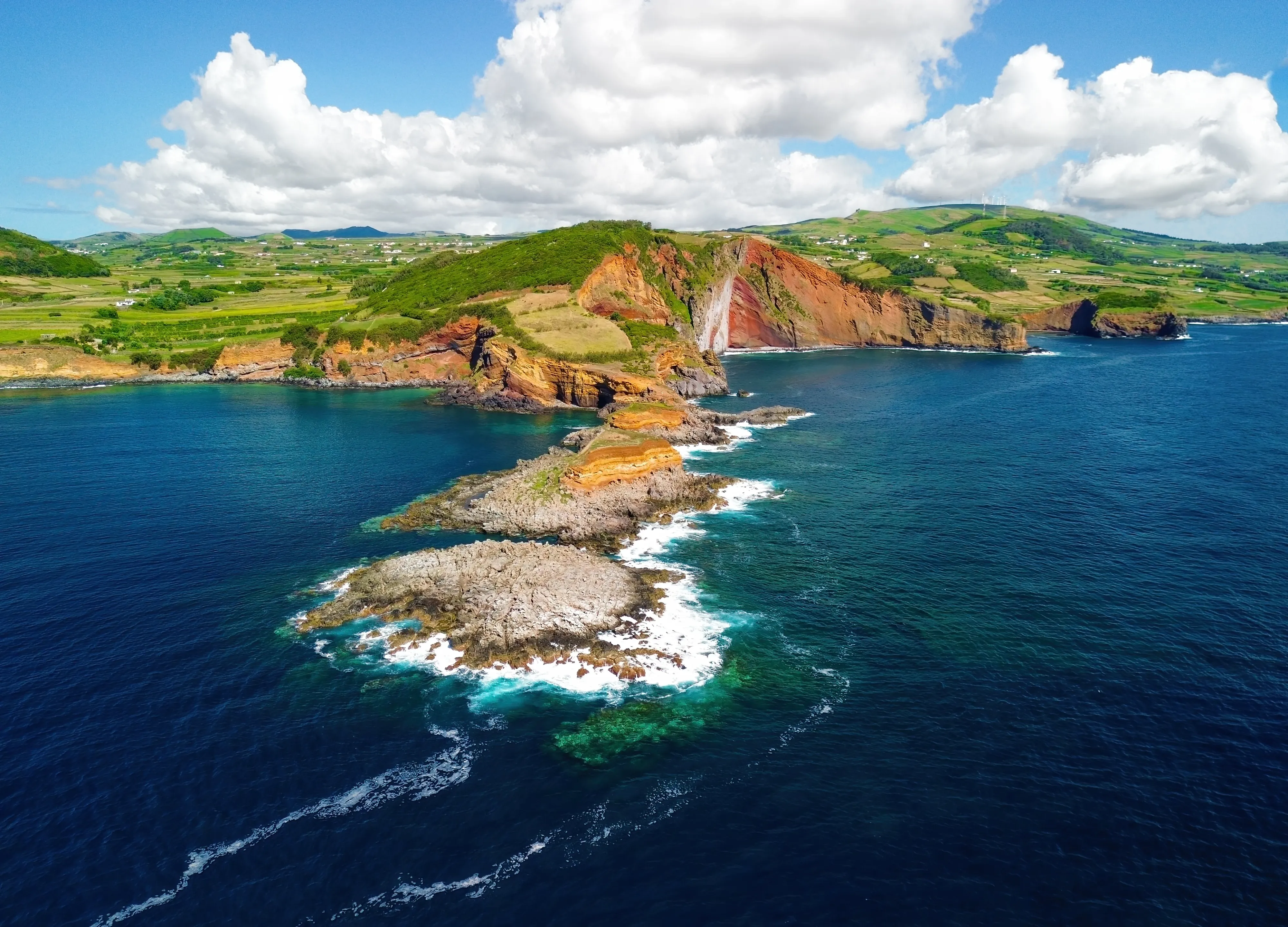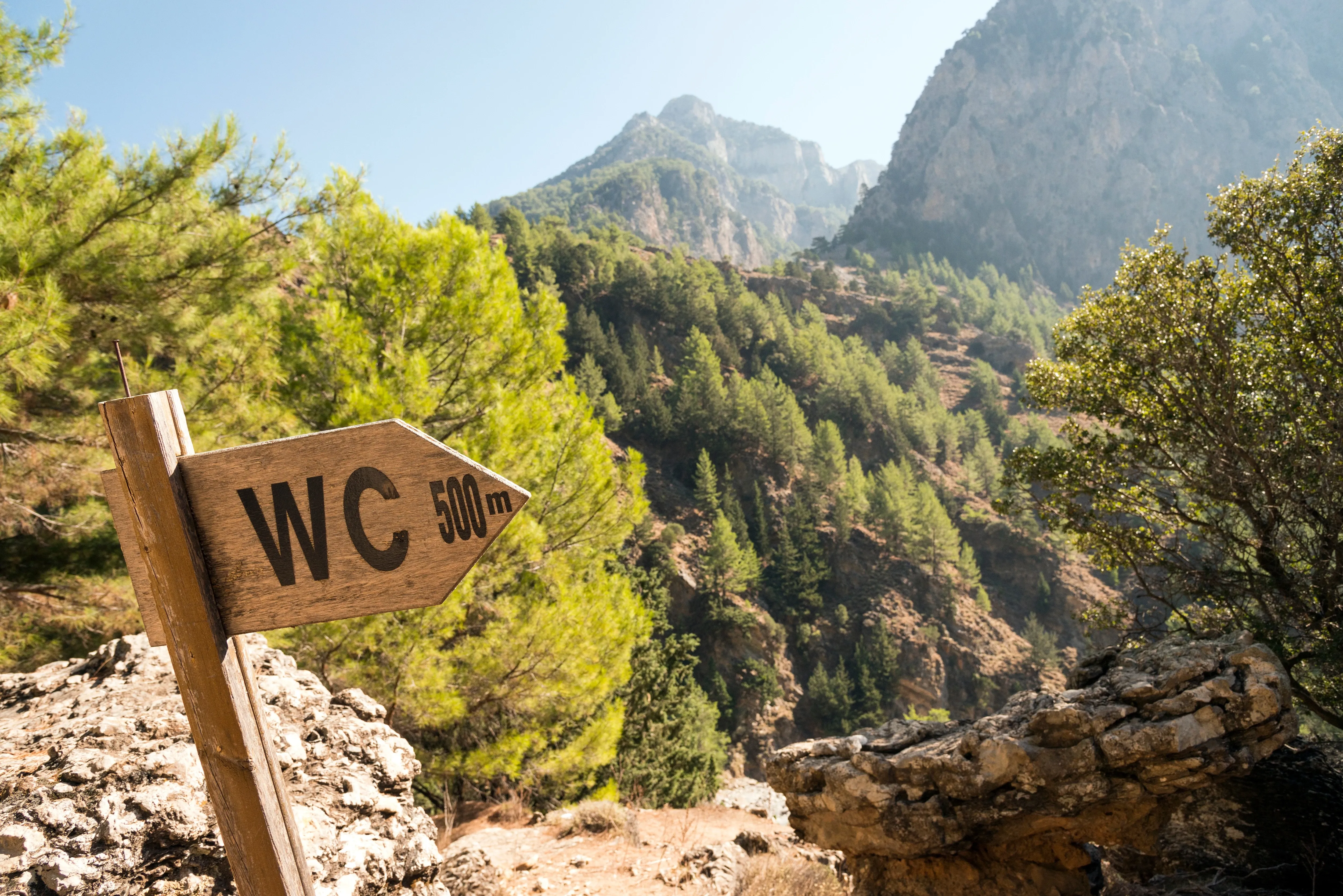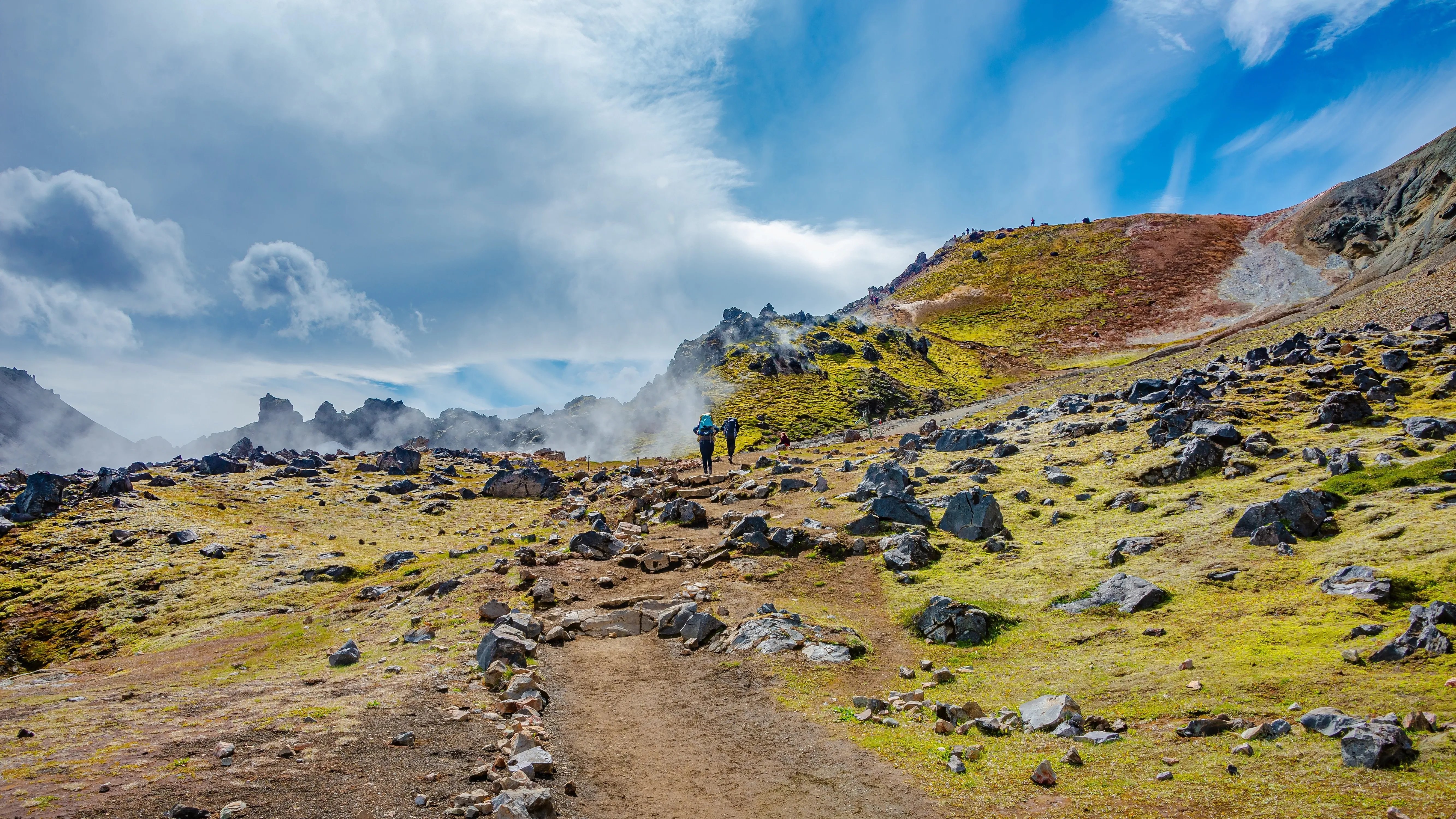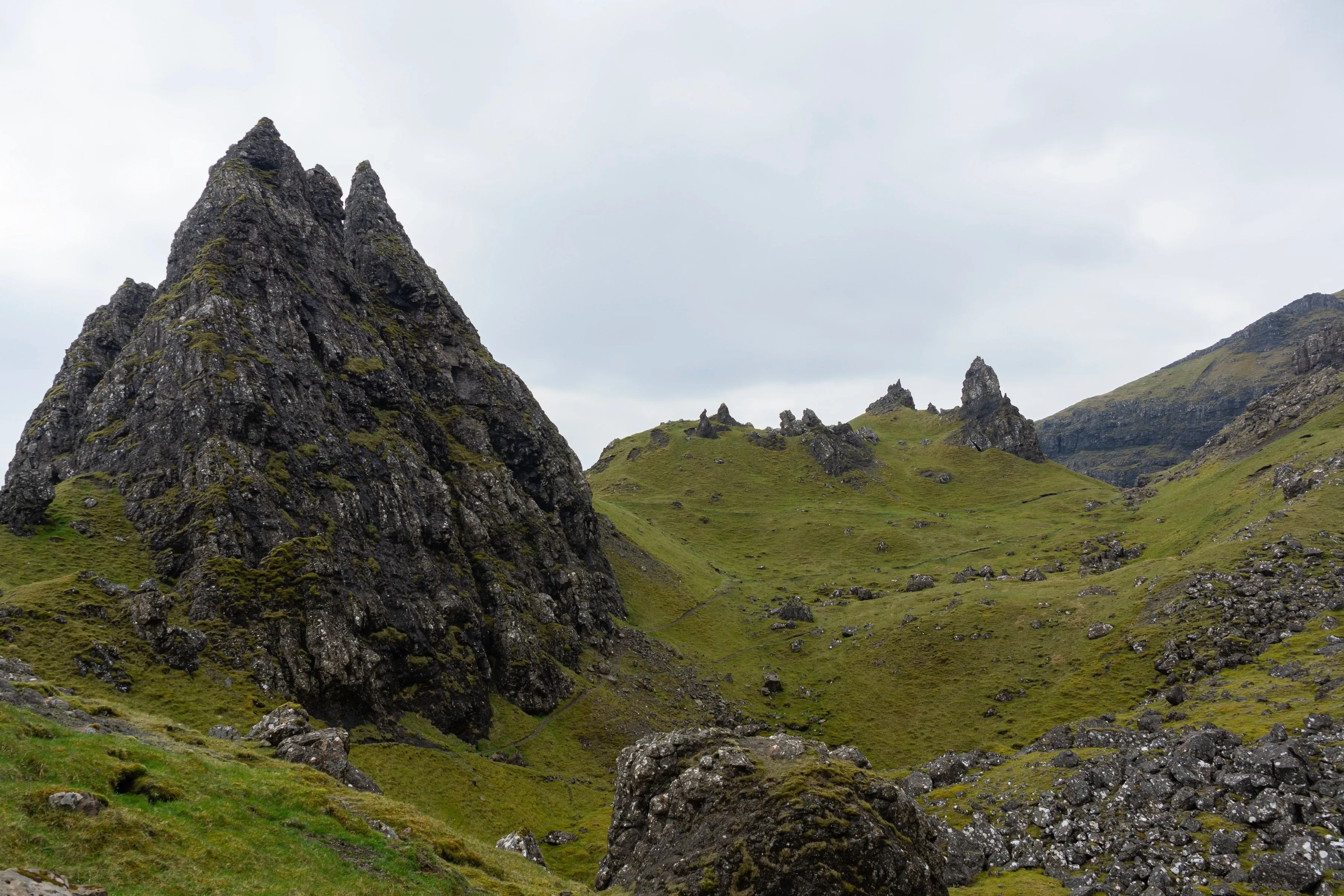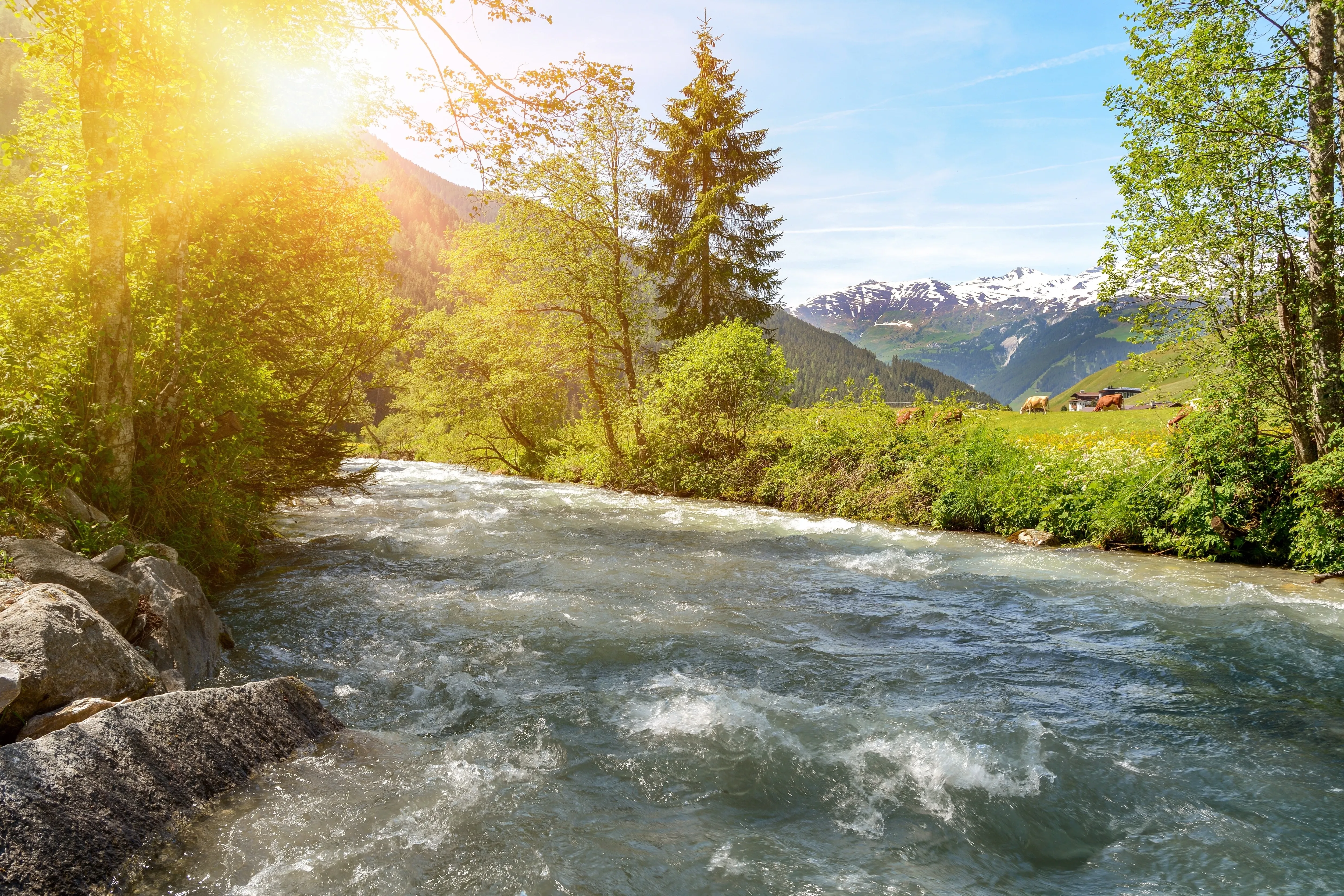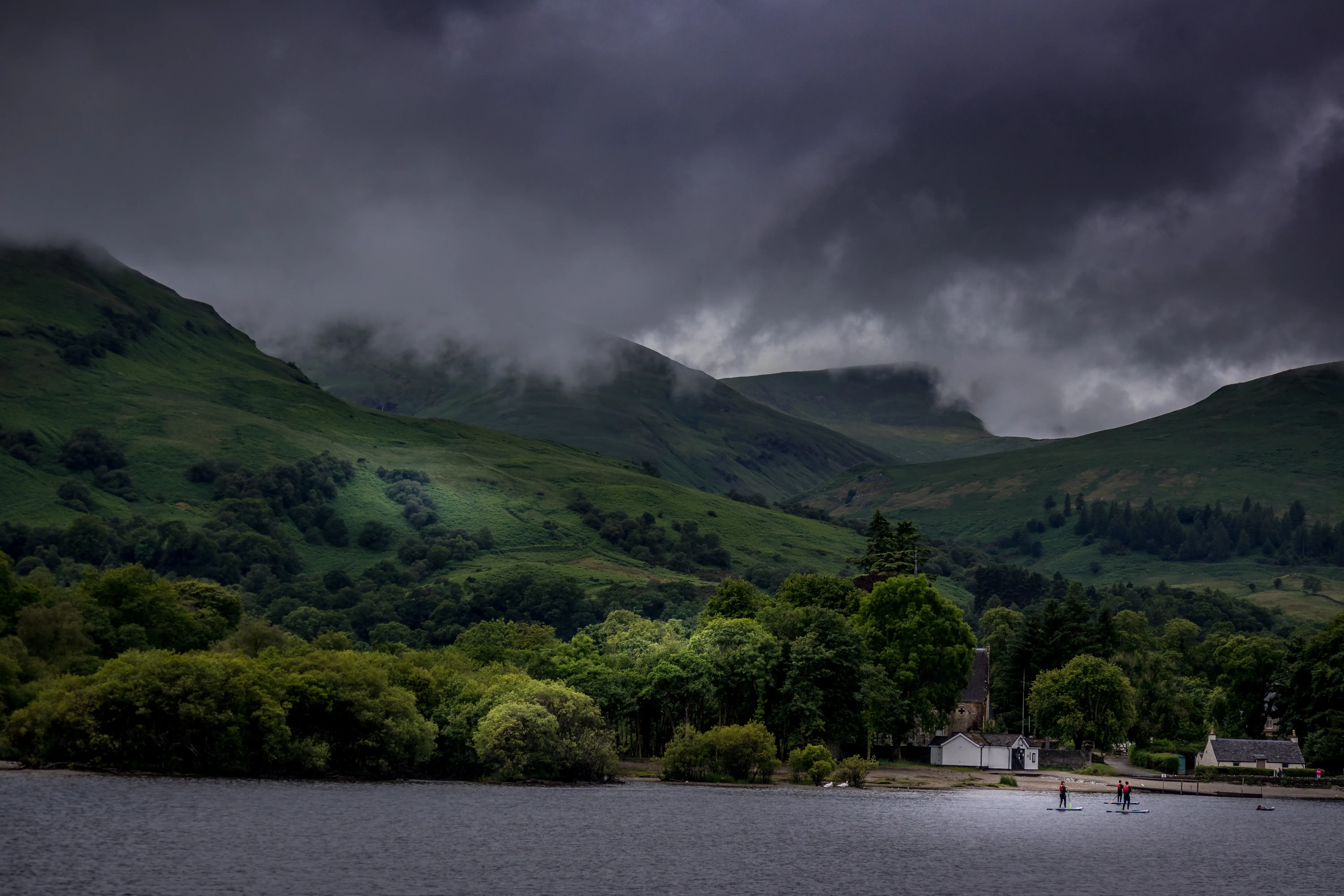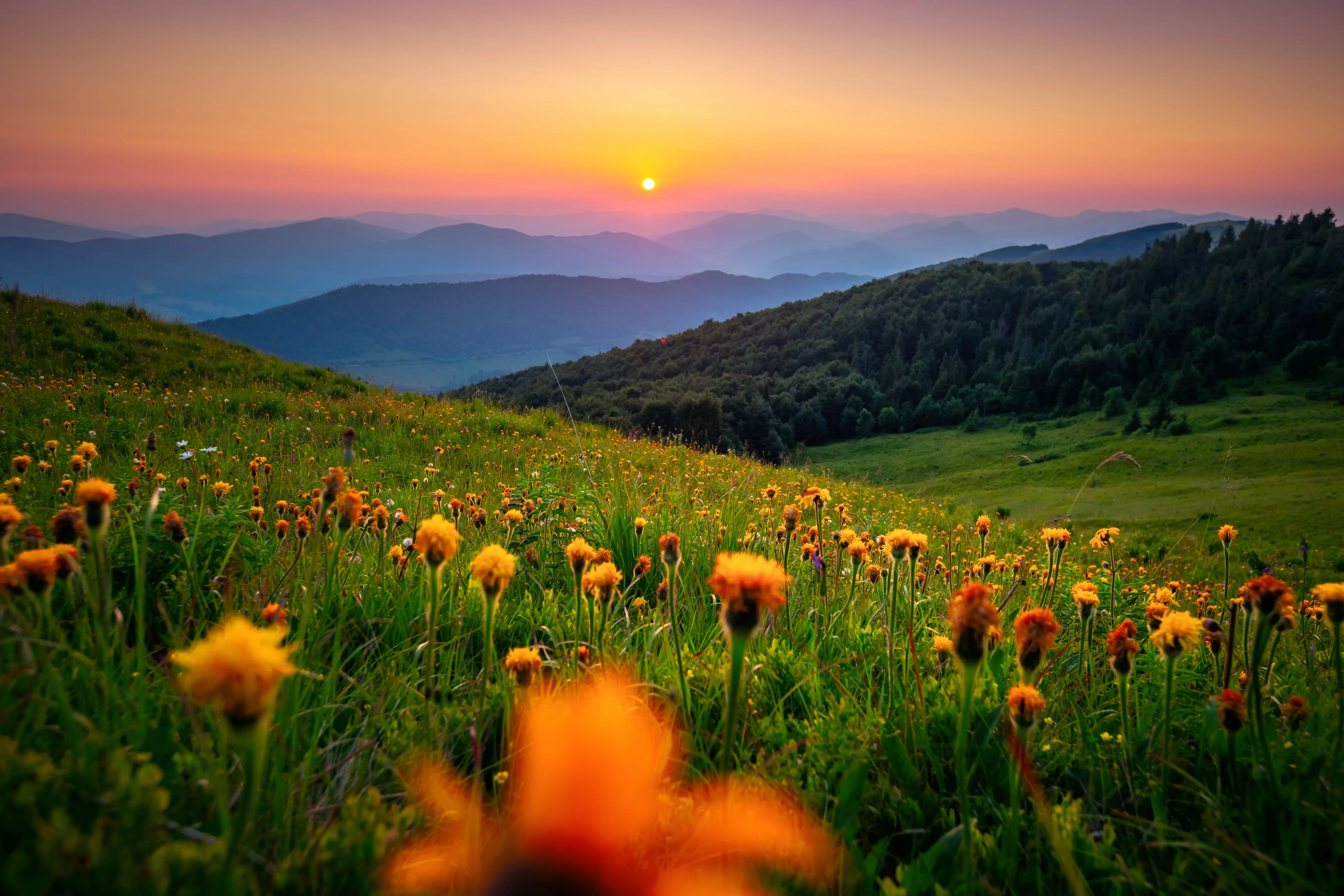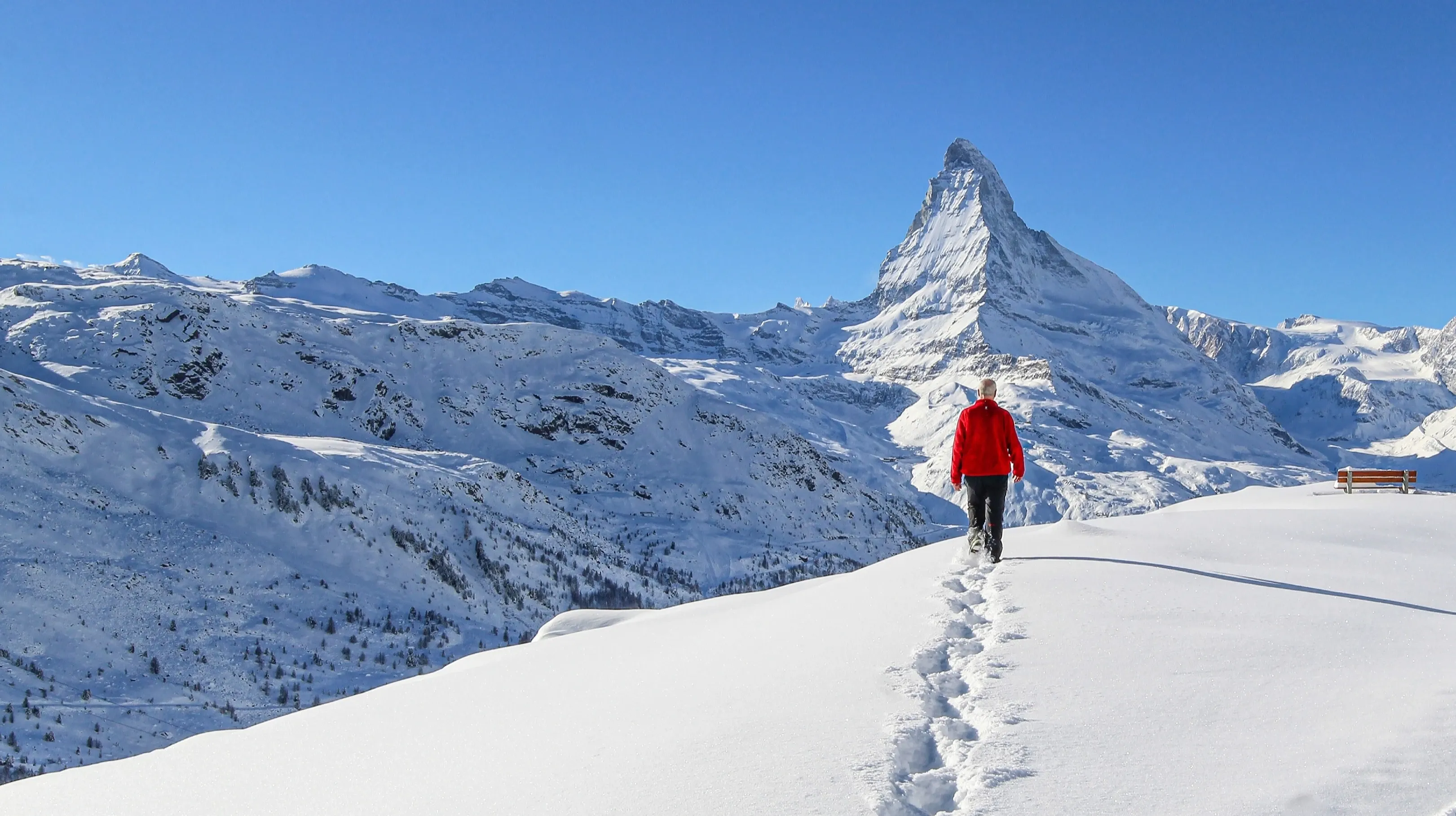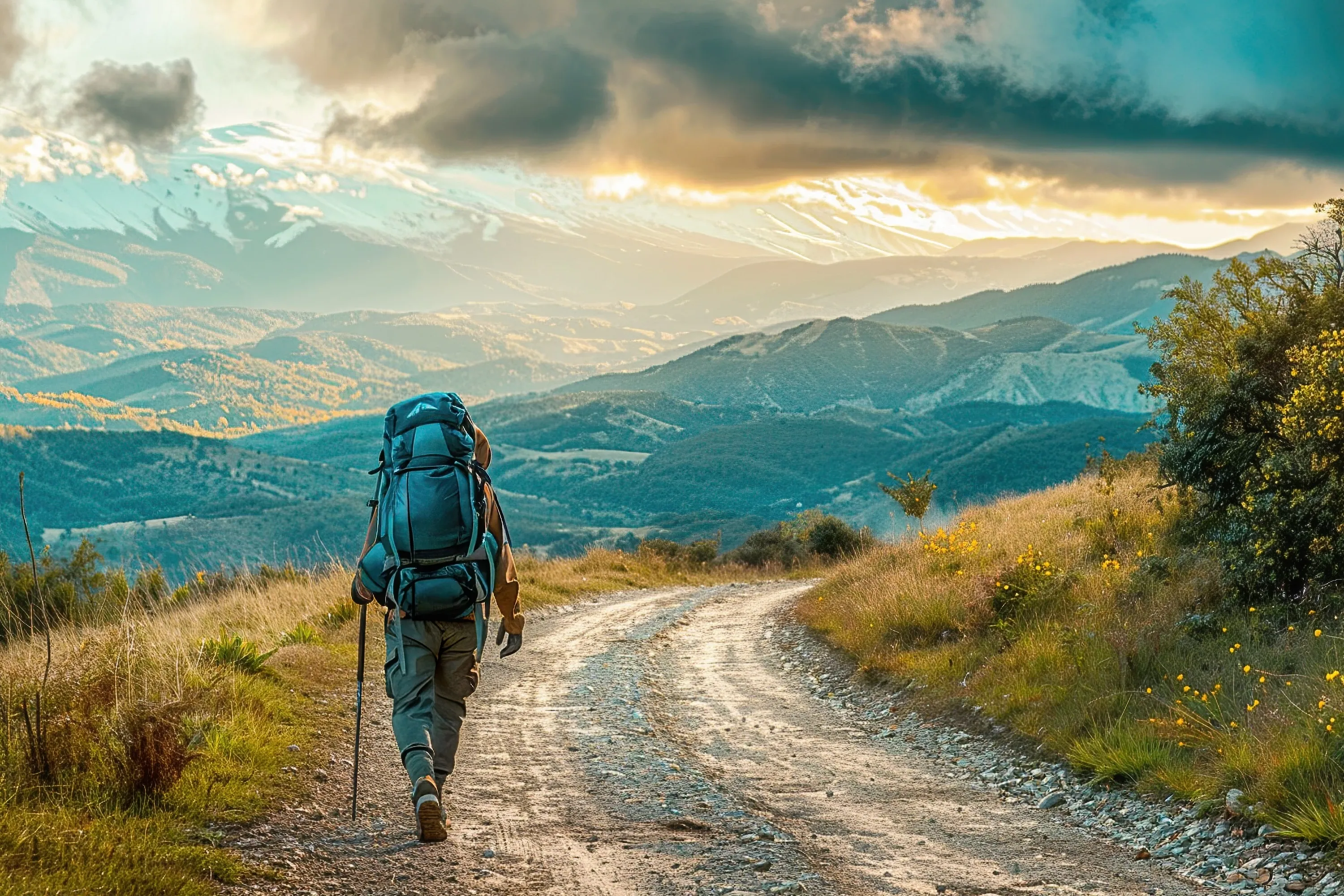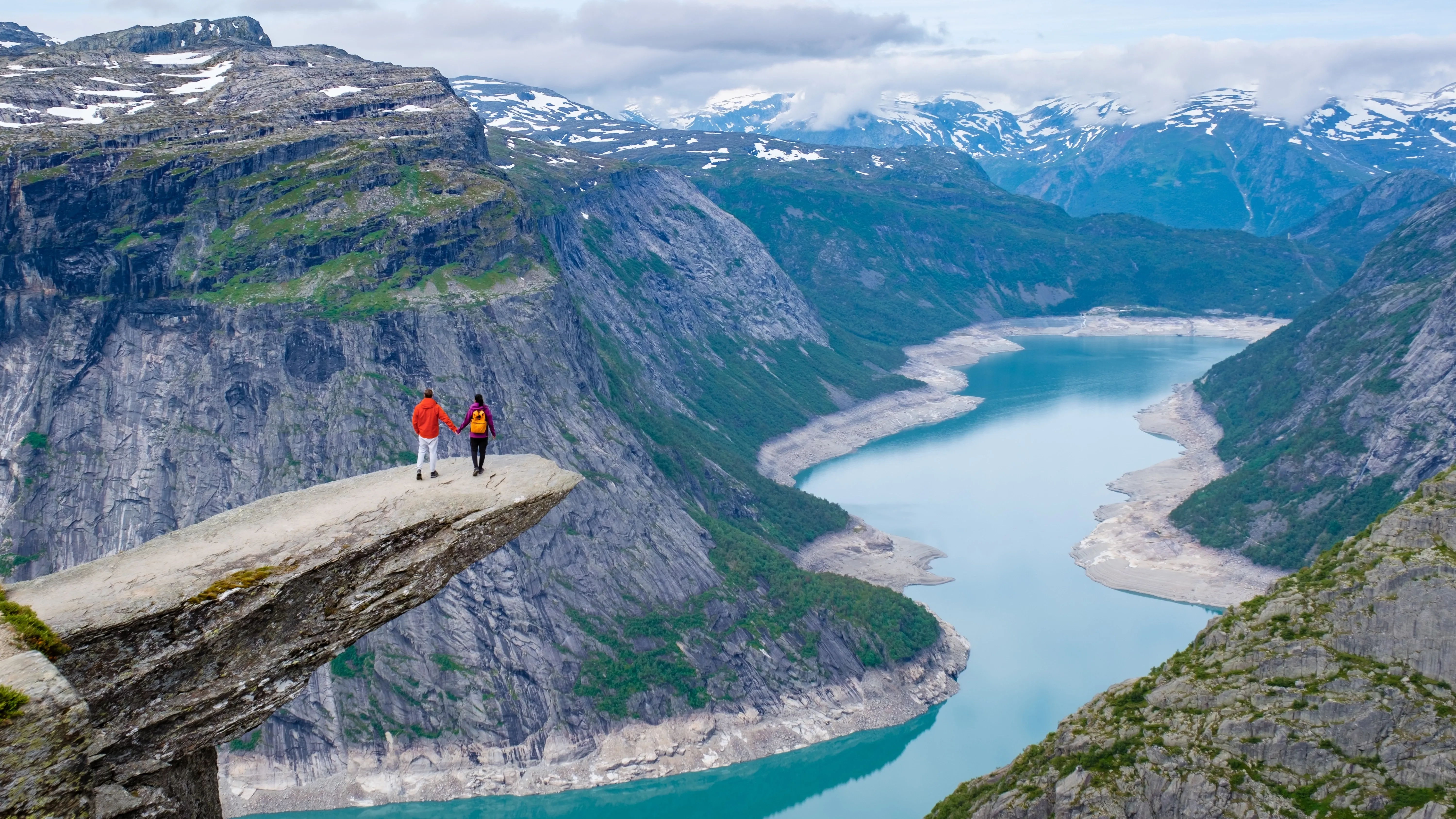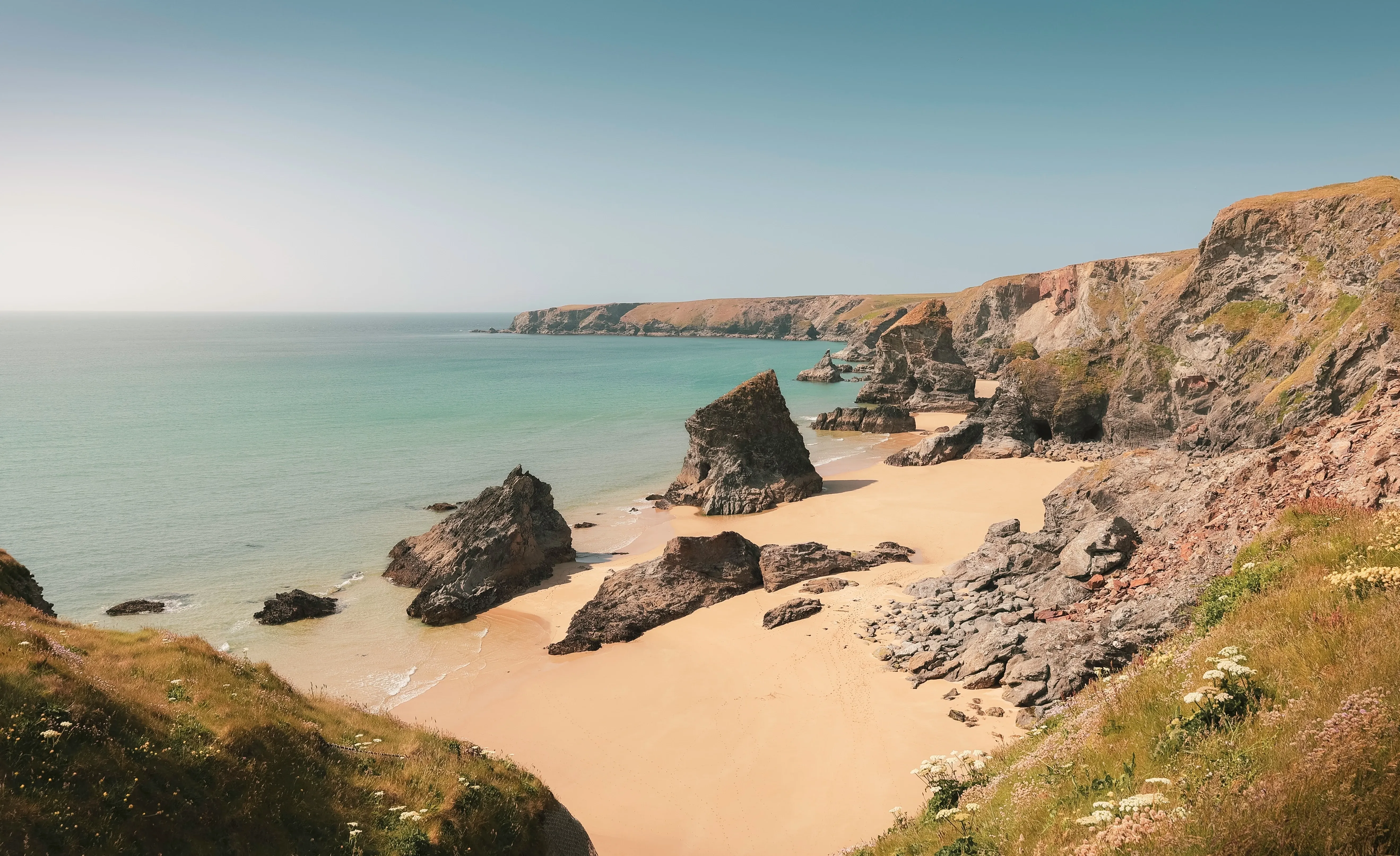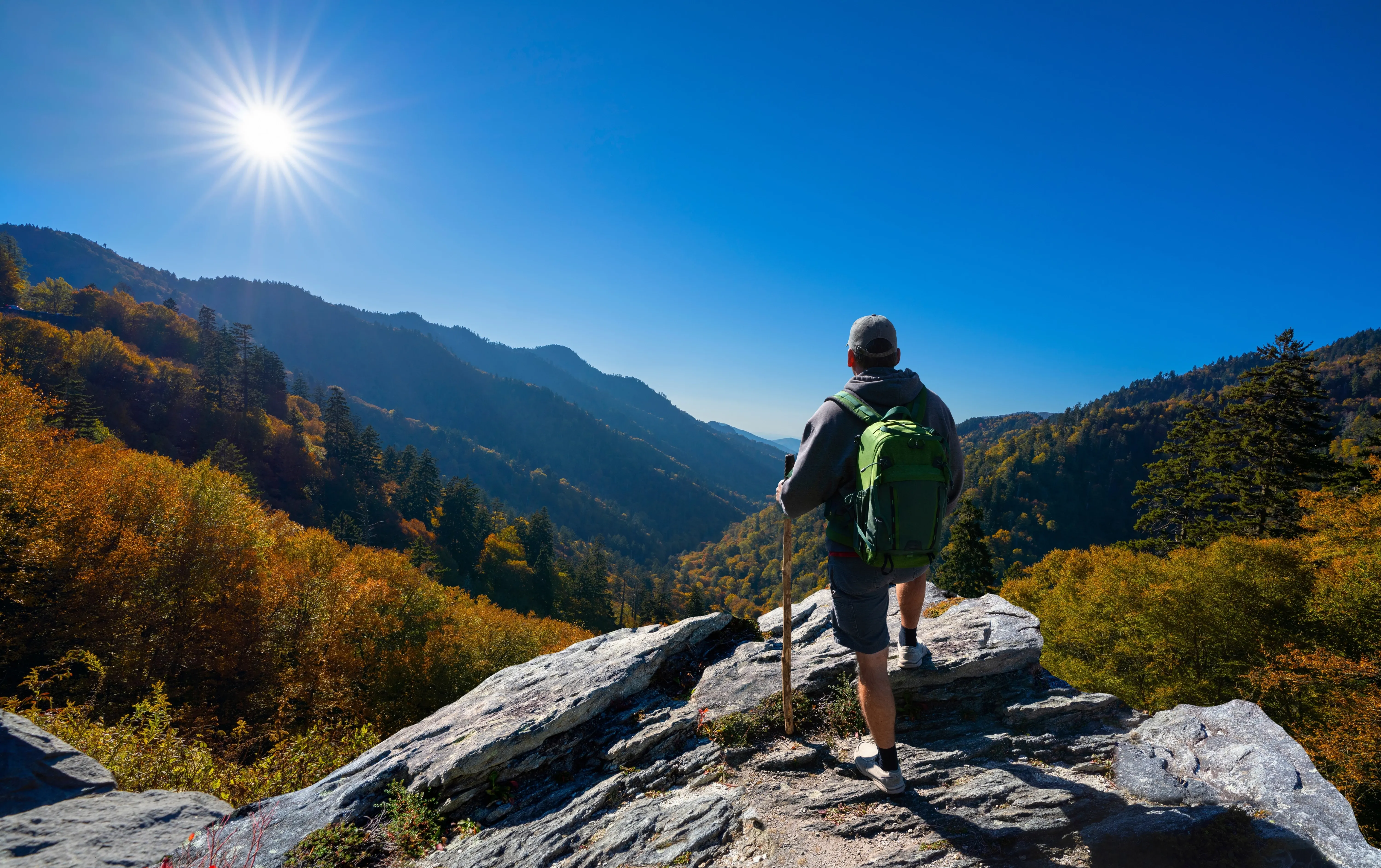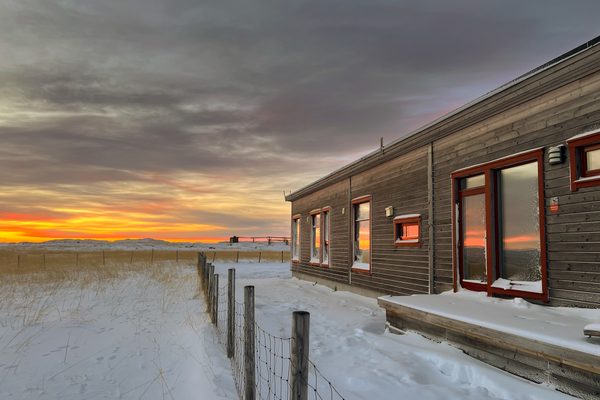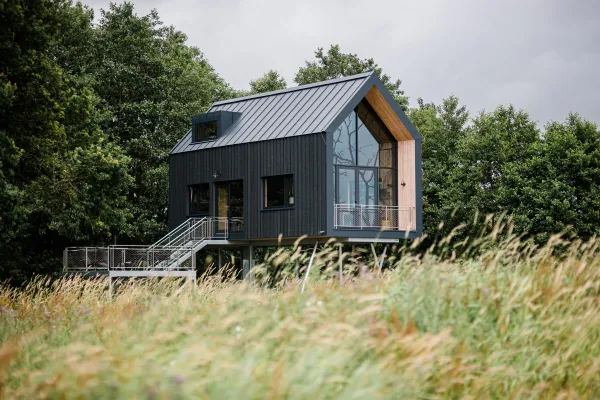Hiking trips in Europe
In Europe, the enchanting array of landscapes offers an unparalleled experience for avid hikers.
Picture the majestic Alpine vistas of Austria and Switzerland, where snow-capped peaks meet serene alpine meadows, or the dramatic fjord landscapes of Scandinavia, where towering cliffs plunge into crystal-clear waters.
The rugged beauty of the Scottish Highlands beckons with its wild expanses and ancient lochs, while the rolling, sun-drenched hills of Tuscany invite you to wander through vineyards and olive groves.
For those with a passion for vinous adventures, the Moselle and Alsace regions offer picturesque wine trails where every step leads to delightful tastings and charming vineyards. Meanwhile, the coastal wonders of Andalusia, the Algarve, Cornwall, and Brittany transform into idyllic hiking havens, where the sea breeze and stunning ocean views create a truly magical journey.
No pilgrimage in Europe would be complete without a trek to Santiago de Compostela in the northwest of Spain, the ultimate destination that has lured pilgrims for centuries. The journey to this revered site can begin from numerous starting points, each offering its own unique charm and challenge.
With an extensive network of regional and long-distance trails, Europe provides the perfect setting for a memorable hiking adventure, whether you seek a solitary trek or a guided expedition through this diverse and captivating continent.
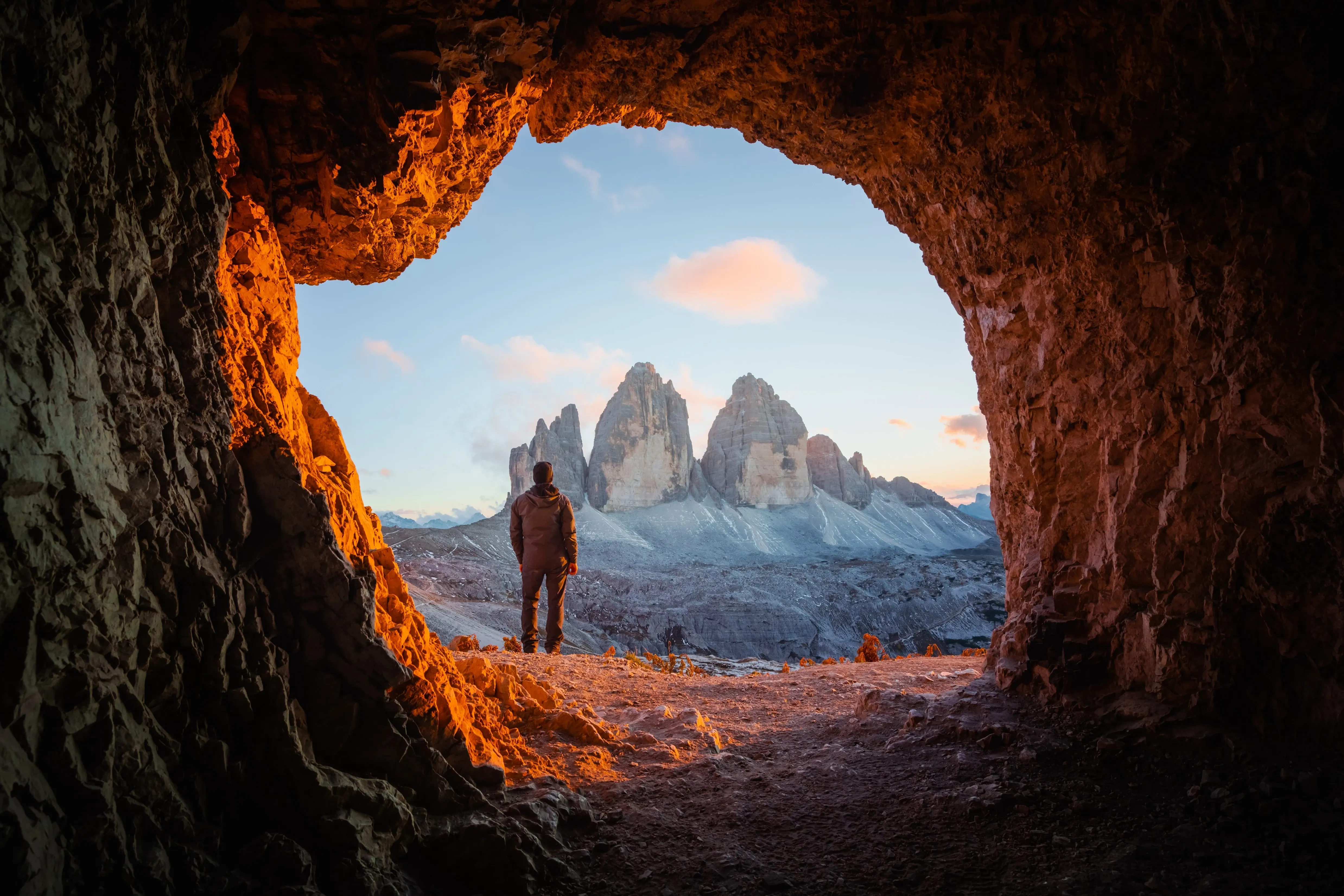
The most beautiful hiking trips in Europe
Hiking trips in Europe meet all expectations. Wide plains, deep forests, high mountains, or picturesque coastal areas – the European continent boasts enormous landscape diversity. Participants in a hiking trip in Europe lace up their hiking boots, explore some of the most beautiful places on foot, and get to know people, cultures, and natural environments up close and in a unique way.
The cliffs of Brittany, the beach scenery of Spain, the island flair of the Azores, or the mountain backdrop of the Dolomites – hiking tours in Europe lead through a variety of terrains. If you wonder, "Who offers the best hiking trips in Europe?" you will find an optimal comparison with us.
The presented trekking tours and hiking trips in Europe are suitable for young people with little or advanced hiking experience, as well as for experienced hikers, even of older age.
Hiking trips in Europe – Individual or Guided
Hiking trips in Europe can be taken either individually or guided. If travellers opt for a guided hiking trip in Europe, they will be accompanied by a local guide throughout the tour. Travel dates, duration, and stages are already defined. Guided hiking trips are especially a good choice for beginners or more demanding mountain tours, as experienced guides provide comprehensive support.
Individual hiking trips, on the other hand, allow for flexibility, letting travellers determine the time frame, hiking pace, and daily schedule themselves. While some providers have pre-planned accommodations and transfers that can be easily modified upon request, others offer a completely tailor-made experience.
Individual hiking trips are also characterized by the absence of a guide, allowing travellers to decide who they want to hike with. Whether alone or as an individual group, travellers receive a detailed description of the hiking route in advance, along with the necessary maps and information material.
Hiking trips in Europe – Frequently Asked Questions
Why should I go on a hiking trip in Europe?
Although a hiking holiday means travelling at a slower pace, that is precisely its strength. A hiking trip in Europe allows you to fully absorb sounds, smells, and views and to experience breathtaking natural landscapes up close.
By moving on foot, European travellers come into direct contact with the land and its people, reach places they might not have otherwise, and contribute to reducing CO2 emissions.
Europe offers, in the truest sense of the word, limitless travel experiences and is characterized by incredibly diverse landscapes marked by a series of natural wonders. Additionally, a variety of cultures and a fascinating, complex history are defining features of the European continent. Thus, a hiking trip in Europe appeals not only to nature and outdoor enthusiasts but also to those interested in culture.
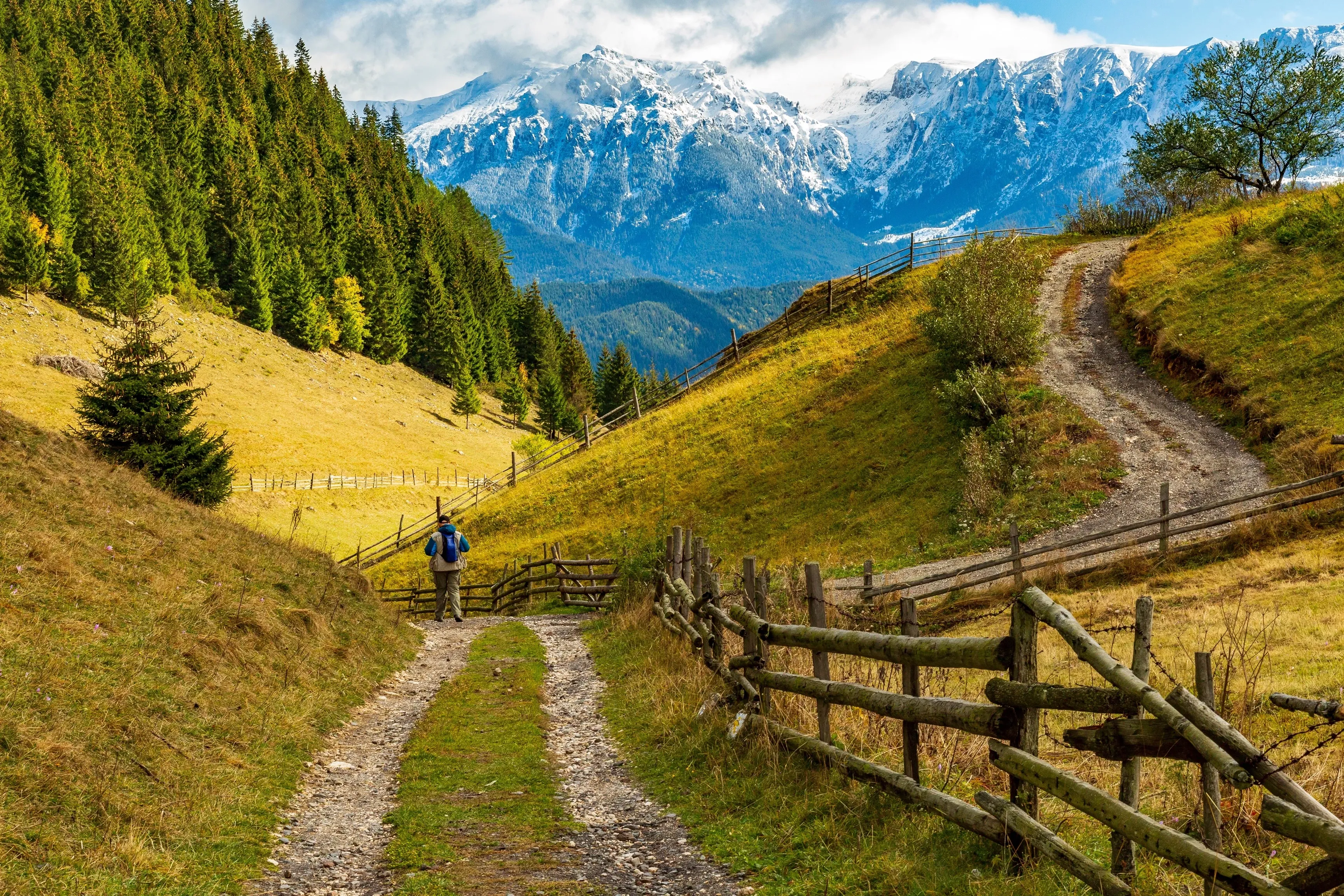
Where should I go on a hiking trip in Europe?
Europe offers an exceptional range of hiking experiences across its diverse landscapes. The Alps, stretching through Austria, Switzerland, France, and Italy, provide breathtaking mountain vistas and charming alpine villages.
In Scotland, the rugged Highlands offer dramatic terrain, serene lochs, and a sense of adventure. The Dolomites in Italy are renowned for their striking rock formations and varied trails, including via ferrata routes.
Spain’s Camino de Santiago presents a historic pilgrimage route with scenic diversity and cultural immersion. Portugal’s Azores archipelago features volcanic landscapes, lush greenery, and scenic coastal trails. The Pyrenees, straddling Spain and France, offer rugged mountain beauty and remote hiking experiences.
Norway’s Norwegian Fjords present stunning coastal hikes with dramatic cliffs and serene waters. The Lofoten Islands, also in Norway, showcase Arctic landscapes, pristine beaches, and picturesque villages.
Italy’s Cinque Terre boasts coastal trails connecting five colorful villages with Mediterranean views. Germany’s Black Forest provides dense woodlands, rolling hills, and charming villages. The Carpathians in Romania offer untamed nature, traditional villages, and medieval castles. The Sella Group in Italy features circular hikes around dramatic rock formations and high-altitude trails.
Each of these destinations promises unique natural beauty and adventure, ensuring a memorable hiking journey across Europe’s captivating landscapes.
Can I go solo hiking in Europe?
Solo hiking in Europe is a rewarding and feasible adventure for those who plan carefully and prioritize safety. The continent boasts a diverse range of well-marked trails suitable for solo hikers of various skill levels.
To make the most of your solo hiking experience, start by choosing established and well-marked routes, which are generally safer and more navigable. Thoroughly research your trail and destination, including understanding the route, its difficulty, and the weather conditions you might encounter.
Always inform a friend or family member of your hiking itinerary and expected return time. This ensures someone is aware of your plans and can take action if needed. Pack essential gear such as a map, compass or GPS device, first aid kit, sufficient water, and appropriate clothing for changing weather.
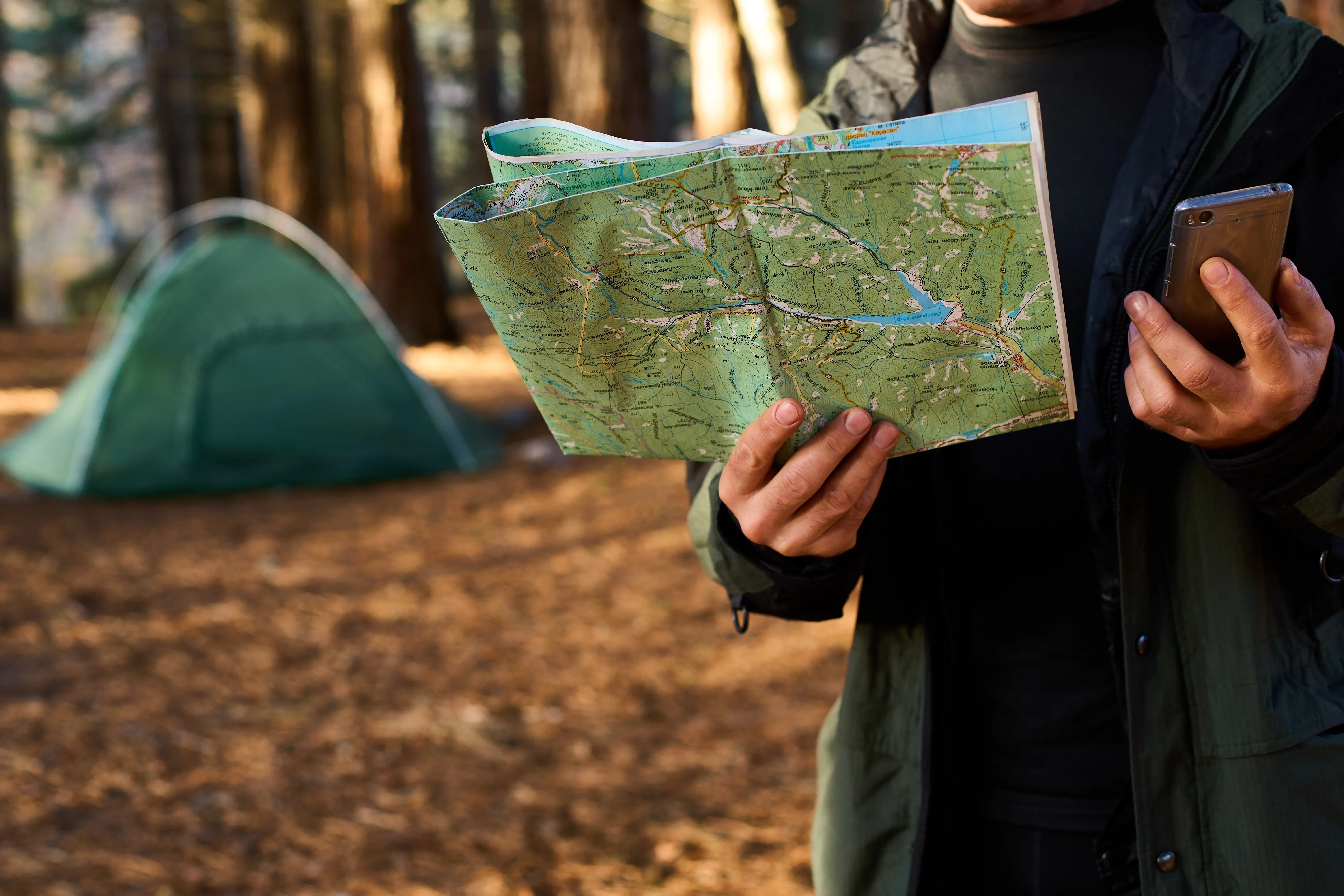
Additionally, carrying a fully charged mobile phone and a portable charger is crucial, and in remote areas, consider using a satellite messenger or emergency beacon for added security.
Stay informed about local conditions by checking weather forecasts and trail updates before you head out. Adhering to safety guidelines and regulations of the trail or national park is essential to avoid unnecessary risks.
If you’re new to solo hiking or prefer extra safety, joining a hiking group or booking a guided tour can provide companionship and local expertise. Respect wildlife and follow Leave No Trace principles by staying on marked trails and minimizing your impact on the environment.
Solo hiking allows for a unique and personal connection with nature, but it also requires vigilance and preparation to ensure a safe and enjoyable experience.
Safety guidelines for hiking in Europe
- Avoid hiking alone in extreme conditions: Refrain from hiking alone during severe weather or in hazardous conditions, as these can increase the risk of accidents or getting lost.
- Carry a personal locator beacon: For added safety in remote or less-traveled areas, a personal locator beacon or satellite messenger can provide a way to signal for help if needed.
- Stay aware of your surroundings: Regularly check your map and surroundings to ensure you’re on the right track. Pay attention to trail markers and signs to avoid getting lost.
- Trust your instincts: If a situation feels unsafe or you encounter difficulties beyond your capability, trust your instincts and turn back or seek assistance. Your safety is paramount.
When is the best time for a hiking trip in Europe?
The best time for a hiking trip in Europe depends on the type of hiking experience you seek and the region you plan to explore. Europe’s diverse climates and landscapes offer exceptional hiking opportunities throughout the year, with each season bringing its own unique charm.
Spring (March to June) is a wonderful time to hike in many parts of Europe. The weather is generally mild, and the landscapes are lush and blooming with wildflowers. Spring is ideal for hiking in regions like the Alps, the Scottish Highlands, and the Pyrenees, where the snow is melting, and trails are becoming accessible. It’s also a great time for exploring lower elevation trails in areas such as Tuscany or the Black Forest.
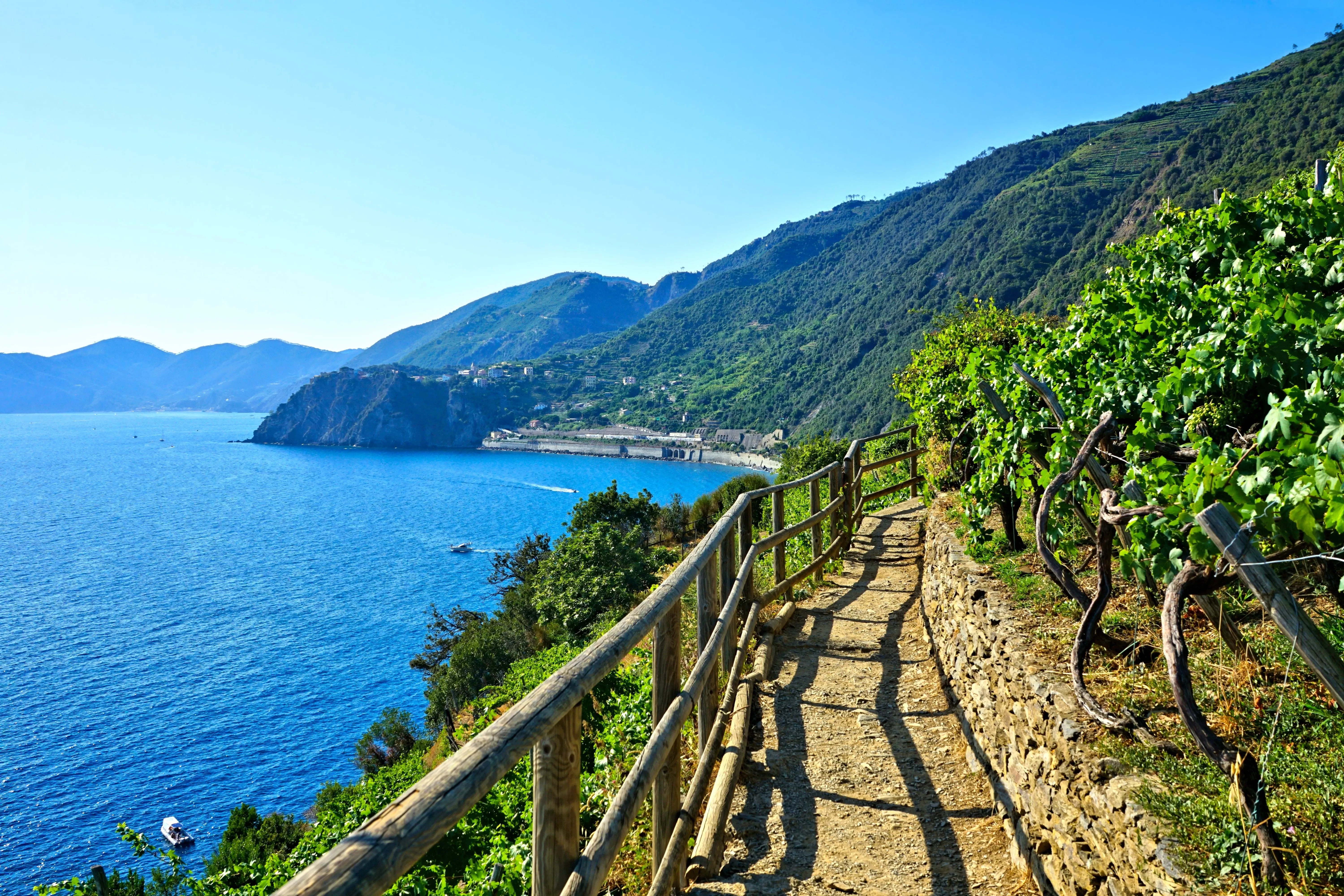
Summer (July to August) offers the warmest temperatures and longest daylight hours, making it perfect for hiking in higher altitudes. The Alps, Dolomites, and Pyrenees are popular choices, with snow-capped peaks providing stunning backdrops. Coastal regions such as the Cinque Terre or the Algarve also become inviting for coastal hikes. However, summer can be quite hot in southern regions, so early starts and sufficient hydration are essential.
Autumn (September to October) is another excellent time for hiking, with cooler temperatures and fewer crowds. The changing foliage adds vibrant colors to the landscapes, particularly in places like the Scottish Highlands, the Black Forest, and the Carpathians. Autumn is also ideal for hiking in the lower elevations of the Alps and the Dolomites, as the summer heat fades and the trails become less crowded.
Winter (November to February) offers a different kind of adventure, especially in snow-covered regions. If you're interested in snow hiking or winter sports, this is the time to explore destinations like the Alps or the Dolomites, where you can enjoy snowshoeing and ski hikes. The winter months are also perfect for experiencing the serene beauty of snow-covered landscapes and engaging in winter hiking in places like Norway’s fjords or the Swiss Alps. Make sure to equip yourself with snow boots and other winter gear to navigate the icy and snowy conditions safely.
Each season provides a unique perspective on Europe's stunning landscapes, so your choice depends on the experience you desire and the region you plan to visit. Whether you’re drawn to blooming meadows, sunlit coasts, colorful autumn leaves, or snow-covered peaks, Europe offers spectacular hiking opportunities year-round.
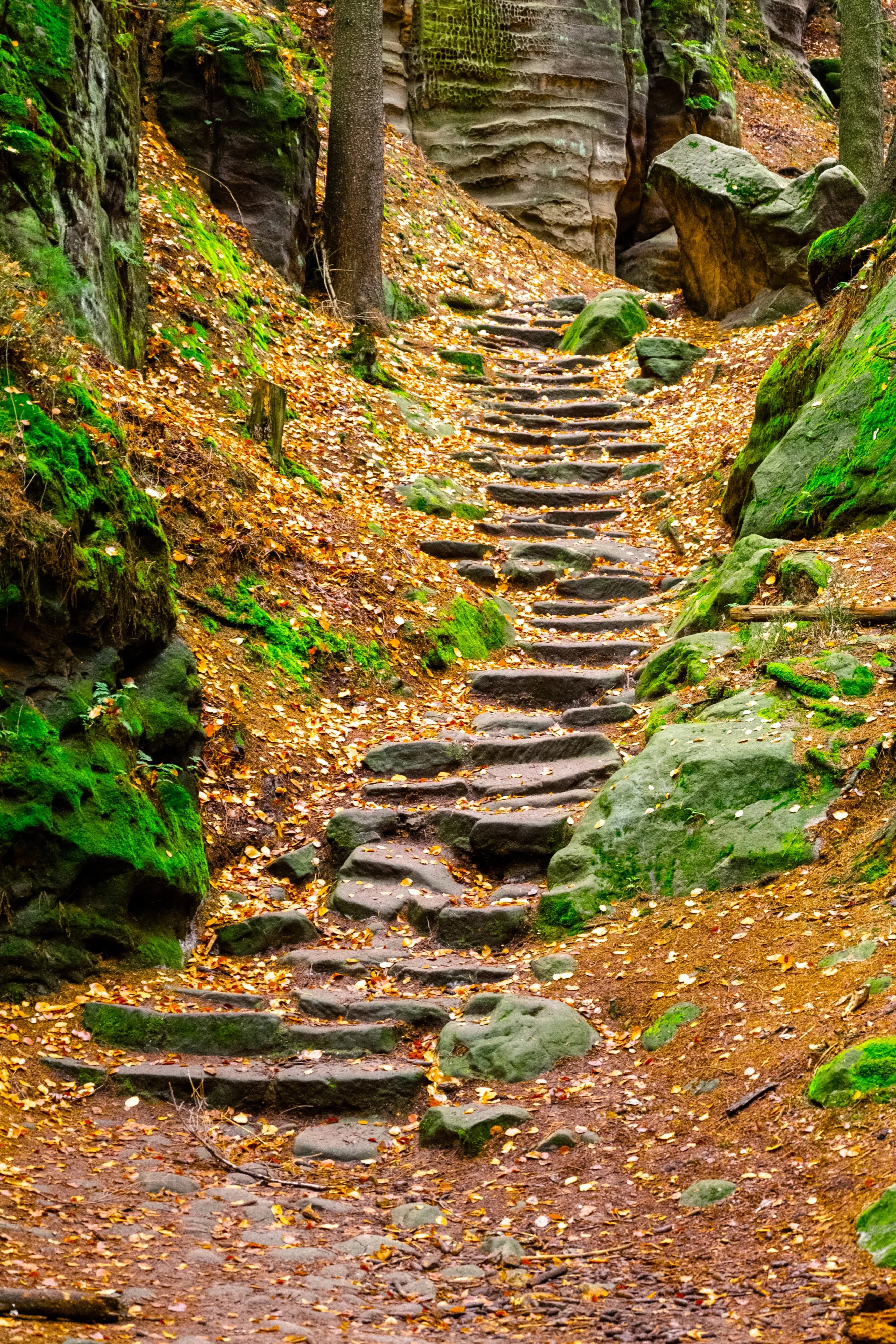
What should I wear on a hiking trip in Europe?
When planning what to wear on a hiking trip in Europe, it’s important to consider the season and regional weather variations.
In spring (March to June), the weather can be quite unpredictable. It’s best to dress in layers: start with a moisture-wicking base layer, add an insulating mid-layer like a fleece, and top it off with a waterproof outer layer. Sturdy hiking boots with good grip are essential as trails may be muddy. Don’t forget a lightweight, packable rain jacket and a hat for sun protection.
During summer (July to August), the key is to stay cool and comfortable. Opt for moisture-wicking and breathable fabrics. Lightweight, long-sleeved shirts and pants can help protect you from sunburn and insects. Choose breathable hiking boots or shoes, and make sure to carry plenty of water. A sunhat, sunglasses, and sunscreen are also crucial for sun protection.’
In autumn (September to November), you’ll need to prepare for fluctuating temperatures. Wear layers similar to spring: a moisture-wicking base layer, an insulating mid-layer, and a waterproof and windproof jacket. Waterproof boots might be necessary, as trails can be wet or muddy. As temperatures drop, a hat and gloves might be useful, and a warm beanie or scarf can be handy.
For winter (December to February), focus on staying warm and dry. Wear a moisture-wicking base layer, a warm insulating mid-layer like a down jacket, and a waterproof, windproof outer layer. Insulated and waterproof boots are important, and you might need gaiters to keep snow out. Warm gloves, a hat, and thermal socks are essential, and depending on the region, you might also need crampons or snowshoes for icy or snowy conditions.
Regardless of the season, always check the specific weather forecast for your hiking destination before heading out and adjust your clothing accordingly. Happy hiking!
Five reasons to consider a hiking trip in Europe
- #1 Diverse landscapes: Europe’s varied terrain offers a spectacular range of hiking experiences. From the majestic peaks of the Alps and Dolomites to the lush forests of the Black Forest and the dramatic cliffs of the Norwegian Fjords, the continent’s diverse landscapes provide countless opportunities for adventure and exploration.
- #2 Scenic coastal trails: Europe boasts some of the world’s most picturesque coastal hikes. The Cinque Terre in Italy, the rugged coastline of Cornwall in the UK, and the stunning coastal paths of the Algarve in Portugal offer breathtaking views of the ocean and charming seaside villages.
- #3 Historic pilgrimage routes: The Camino de Santiago in Spain is one of Europe’s most famous pilgrimage routes, offering a unique blend of scenic beauty, cultural heritage, and personal reflection. Hiking this historic trail provides an opportunity to connect with centuries of tradition and meet fellow travelers from around the world.
- #4 Alpine adventures: The Alps provide a haven for hikers seeking high-altitude adventures. With trails that range from gentle walks to challenging climbs, the Alps offer stunning vistas, picturesque alpine villages, and opportunities for winter sports like snowshoeing and ski hiking. The iconic Matterhorn, Mont Blanc, and Eiger are just a few highlights of this majestic mountain range.
- #5 Vibrant flora and fauna: European hiking trails offer a chance to experience diverse ecosystems and wildlife. From the blooming wildflowers of the Scottish Highlands and the lush vegetation of the Azores to the unique flora of the Mediterranean region, hikers can enjoy a rich variety of natural beauty and encounter diverse wildlife throughout their journey.
Sign up for the newsletter
By clicking on “Subscribe now” I will subscribe to the Conscious Explorer newsletter with all the information about mindful travel. Information on the success measurement included in the consent, the use of the shipping service provider MailChimp, logging of the registration and your rights of revocation can be found in our privacy policy.
